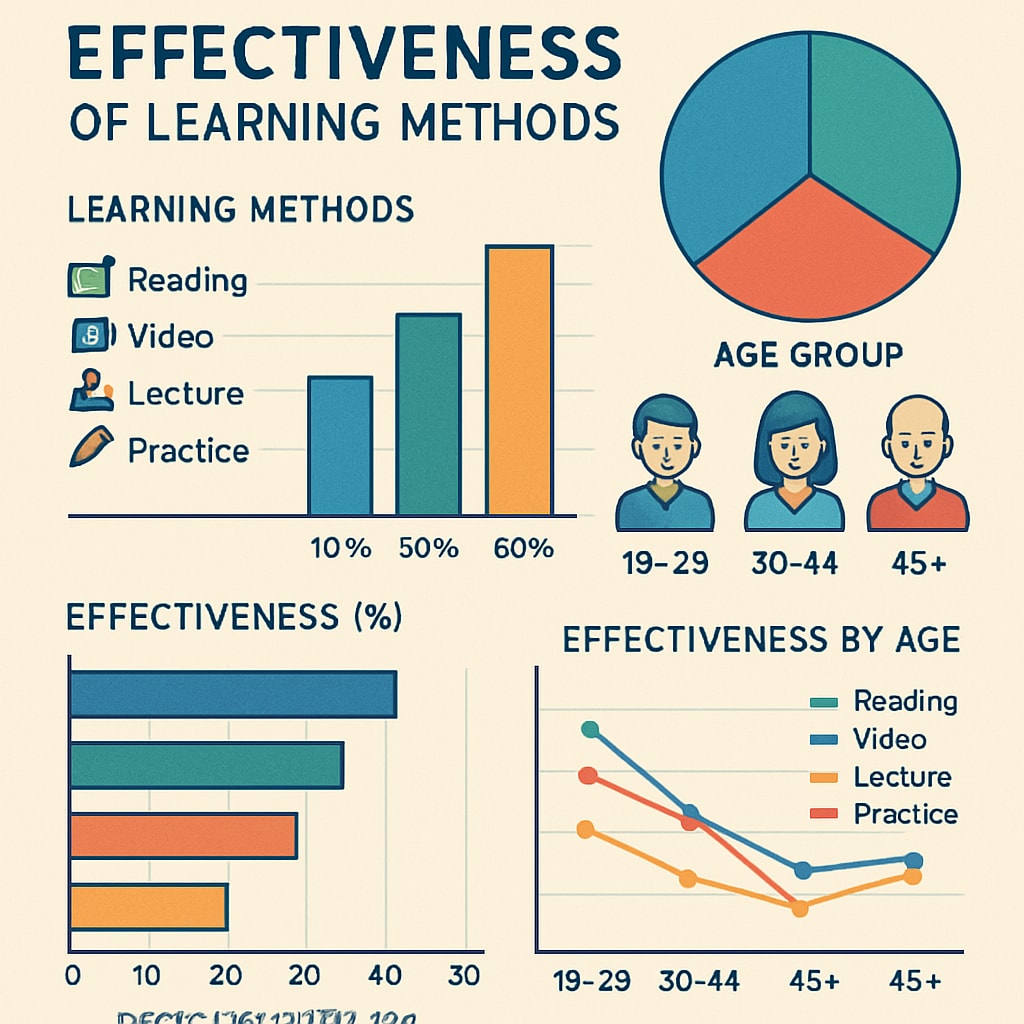The quest for better education begins with understanding what works for students. By conducting comprehensive research on effective learning methods within K12 systems, including surveys and data collection through tools like table-based forms, educators can uncover valuable insights. These findings not only optimize teaching strategies but also pave the way for personalized learning experiences, ultimately enhancing the overall education system.

Why Researching Learning Methods Matters
Understanding how students learn best is crucial for the success of any educational system. Research on learning methods provides data-driven insights that allow educators to identify and implement strategies tailored to diverse student needs. For example, some students thrive under visual learning techniques, while others excel with hands-on experiences or auditory instruction. Without data, these preferences can be overlooked, leading to ineffective teaching methods.
Moreover, a systematic approach to data collection—such as standardized surveys and structured forms—ensures that the information gathered is both consistent and comprehensive. This makes it easier to analyze trends, compare results across different demographics, and draw actionable conclusions. As a result, educators can move beyond one-size-fits-all teaching approaches and adopt methods that truly resonate with their students.
How Surveys and Data Collection Transform Education
Data collection is at the heart of educational research. Surveys, particularly those that use structured formats like table-based forms, are powerful tools for gathering information on student preferences, challenges, and successes. When used effectively, they allow researchers to:
- Identify the most effective learning methods for specific age groups.
- Understand how socioeconomic and cultural factors influence learning outcomes.
- Pinpoint gaps in current teaching techniques and curricula.
For example, a study involving 1,000 K12 students might reveal that interactive digital tools significantly improve engagement in middle school classrooms, while high school students benefit more from peer collaboration. These insights can then be used to refine teaching strategies, ensuring that resources are allocated where they’re needed most. Additionally, the data can inform teacher training programs, equipping educators with the skills to adapt to evolving student needs.

Personalized Learning: The Future of K12 Education
One of the most promising outcomes of research on learning methods is the ability to create personalized educational pathways for students. By analyzing individual responses to surveys and other data collection tools, educators can develop customized lesson plans that cater to each student’s unique strengths and weaknesses. This approach not only boosts academic performance but also fosters a love for learning by making education more engaging and relevant.
For instance, if survey data indicates that a student learns best through project-based activities, teachers can incorporate more hands-on projects into their curriculum. Similarly, students who struggle with traditional note-taking might benefit from visual aids or interactive apps. Such tailored approaches ensure that every student has the opportunity to reach their full potential.
Challenges and Opportunities in Data-Driven Education
While the benefits of data-driven education are clear, implementing such systems comes with its own set of challenges. Collecting and analyzing large volumes of data requires significant resources, including time, funding, and expertise. Additionally, privacy concerns must be addressed to ensure that student information is handled securely and ethically.
However, these challenges also present opportunities for innovation. For example, advancements in technology—such as artificial intelligence and machine learning—are making it easier to process and interpret complex data sets. By leveraging these tools, educators can gain deeper insights into learning behaviors and outcomes, ultimately driving more effective decision-making.
In addition, collaboration between schools, researchers, and policymakers can help overcome resource limitations. By sharing data and best practices, stakeholders can work together to create a more equitable and effective education system for all students.
Conclusion: Investing in research on effective learning methods is not just an academic exercise; it’s a critical step toward transforming education. By leveraging tools like surveys and data analysis, educators can optimize teaching strategies, personalize learning experiences, and prepare students for success in an ever-changing world.


